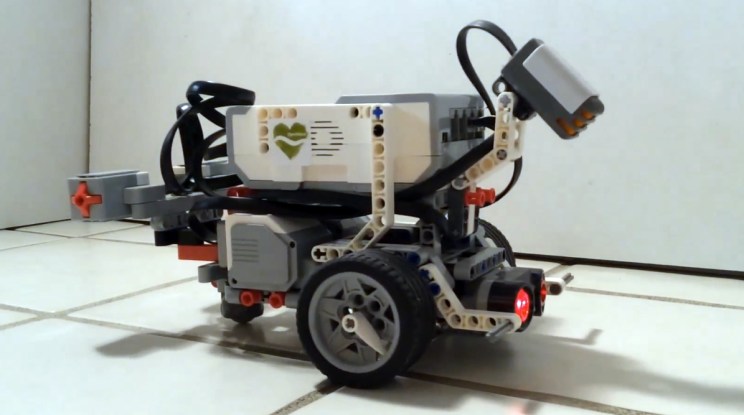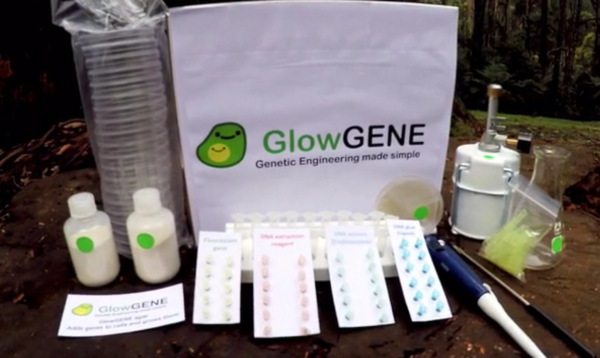A group of developers called [OpenWorm] have mapped the 302 neurons of the Caenorhabditis elegans species of roundworm and created a virtual neural network that can be used to solve all the types of problems a worm might encounter. Which, when you think about it, aren’t much different from those a floor-crawling robots would be confronted with.

In a demo video released by one of the projects founders, [Timothy Busbice], their network is used to control a small Lego-rover equipped with a forward sonar sensor. The robot is able to stop before it hits a wall and determine an appropriate response, which may be to stop, back up, or turn. This is all pretty fantastic when you compare these 302 neural connections to any code you’ve ever written to accomplish the same task! It might be a much more complex route to the same outcome, but its uniquely organic… which makes watching the little Lego-bot fascinating; its stumbling around even looks more like thinking than executing.
I feel obligated to bring up the implications of this project. Since we’re all thinking about it now, let’s all imagine the human brain similarly mapped and able to simulate complex thought processes. If we can pull this off one day, not only will we learn a lot more about how our squishy grey hard drives process information, artificial intelligence will also improve by leaps and bounds. An effort to do this is already in effect, called the connectome project, however since there are a few more connections to map than with the c. elegans’ brain, it’s a feat that is still underway.
The project is called “open”worm, which of course means you can download the code from their website and potentially dabble in neuro-robotics yourself. If you do, we want to hear about your wormy brain bot.
Continue reading “Gift Your Next Robot With The Brain Of A Roundworm” →















